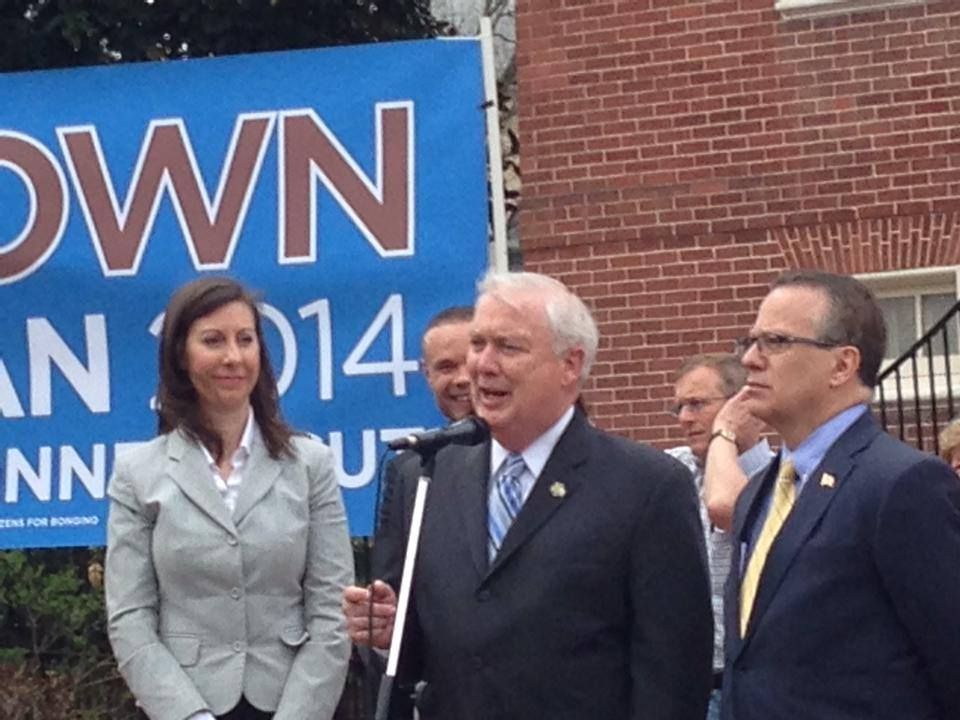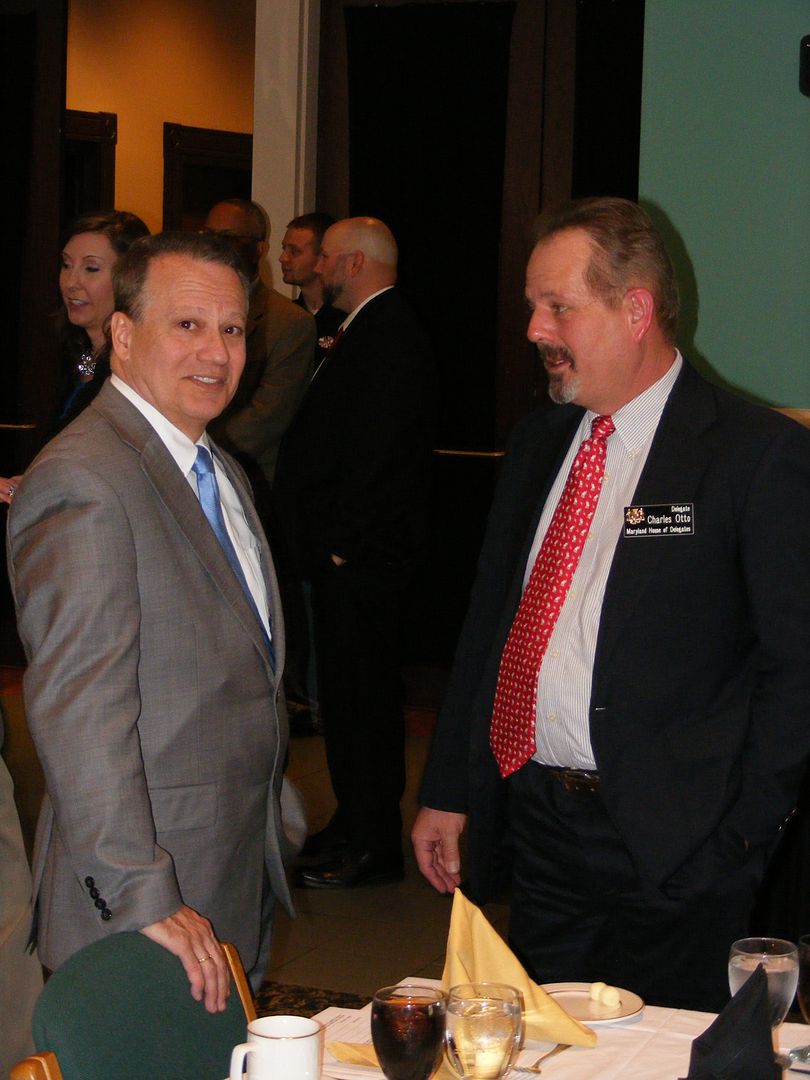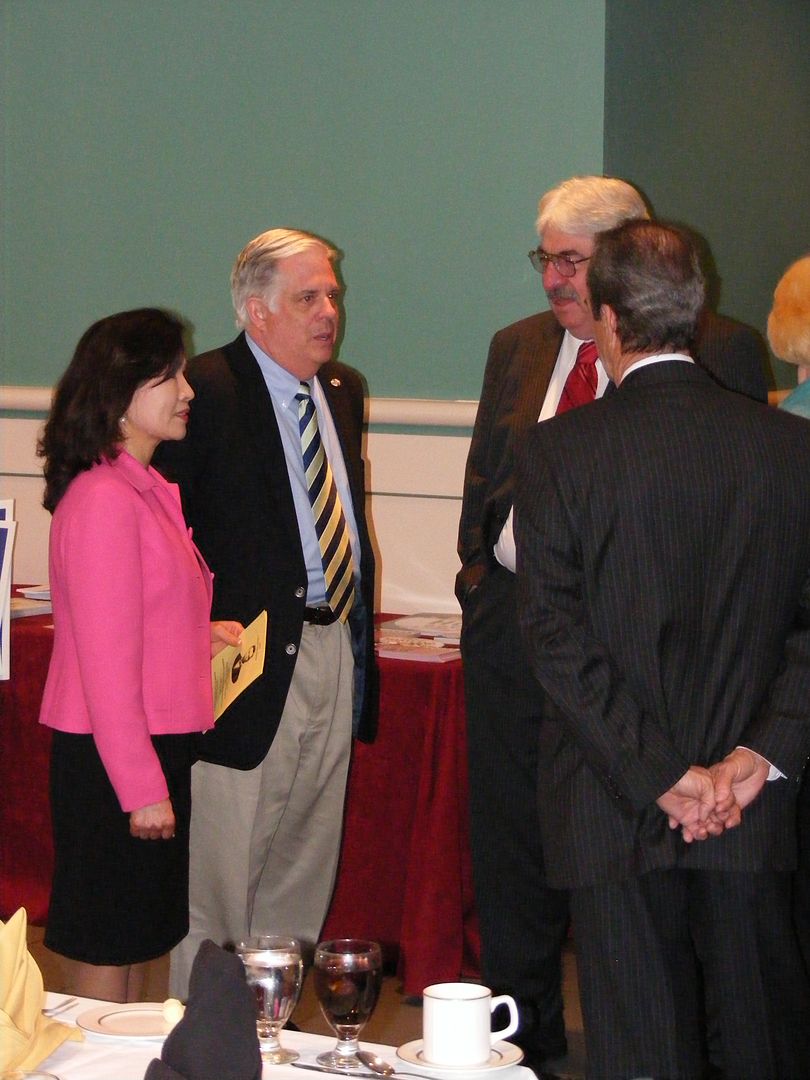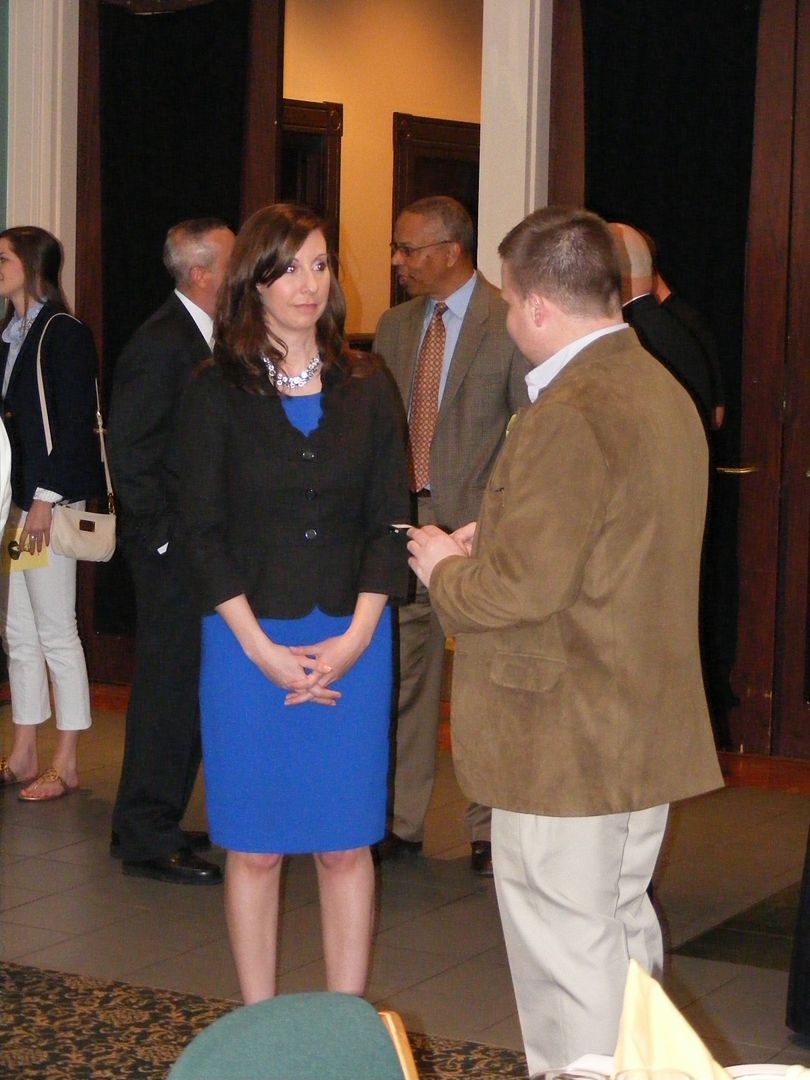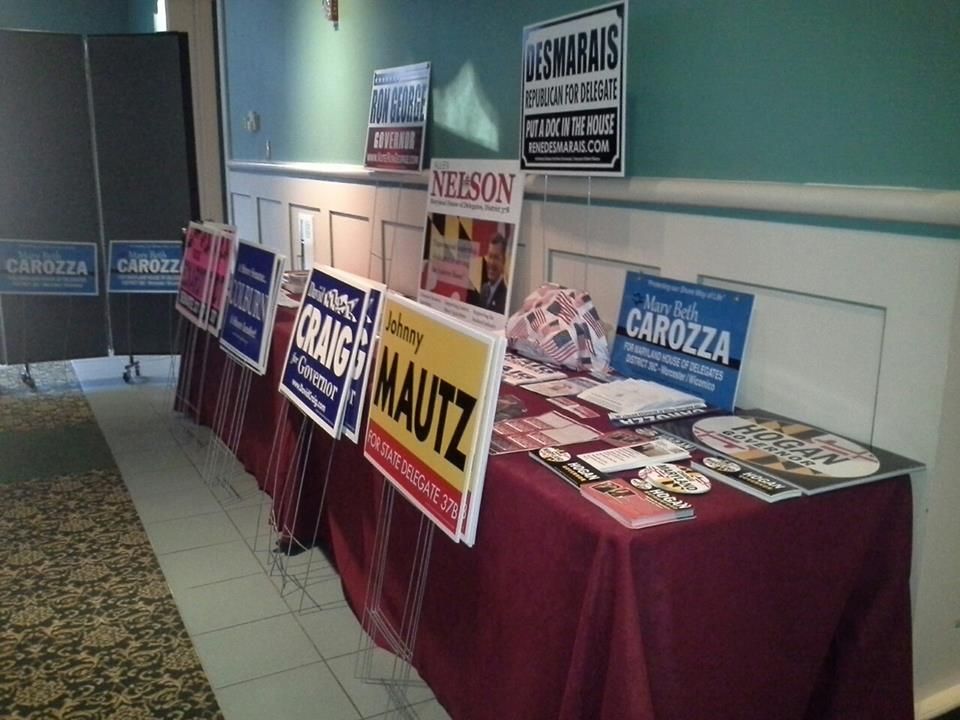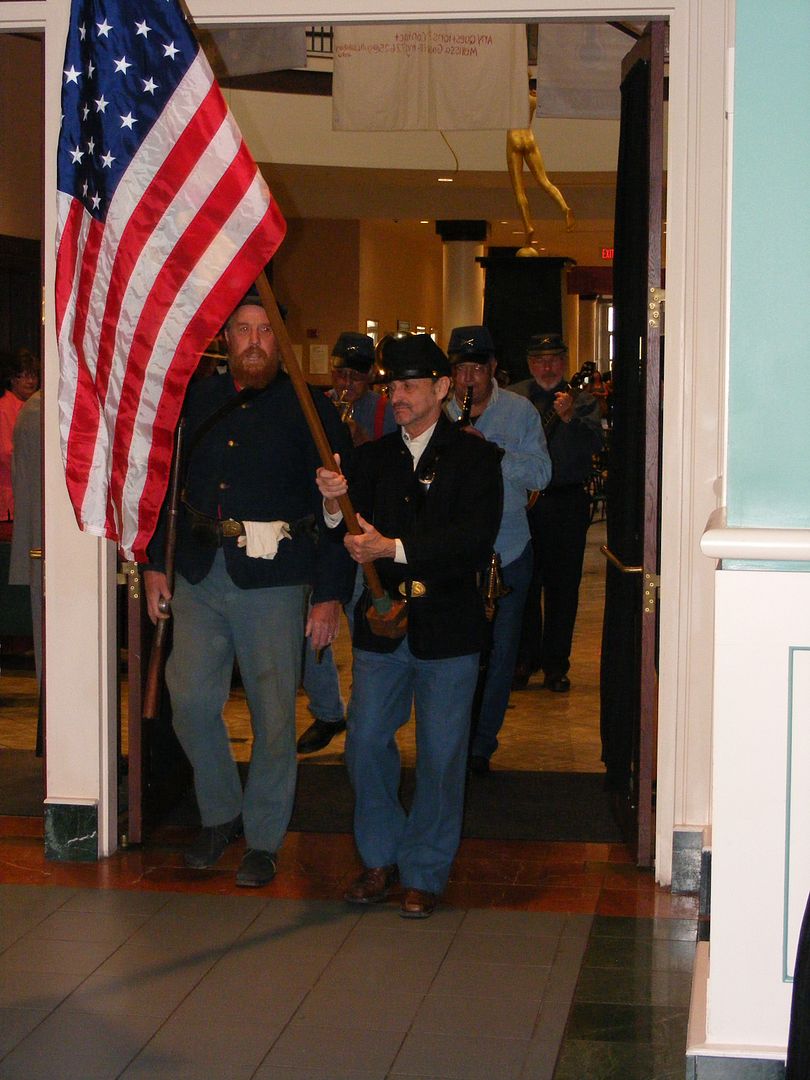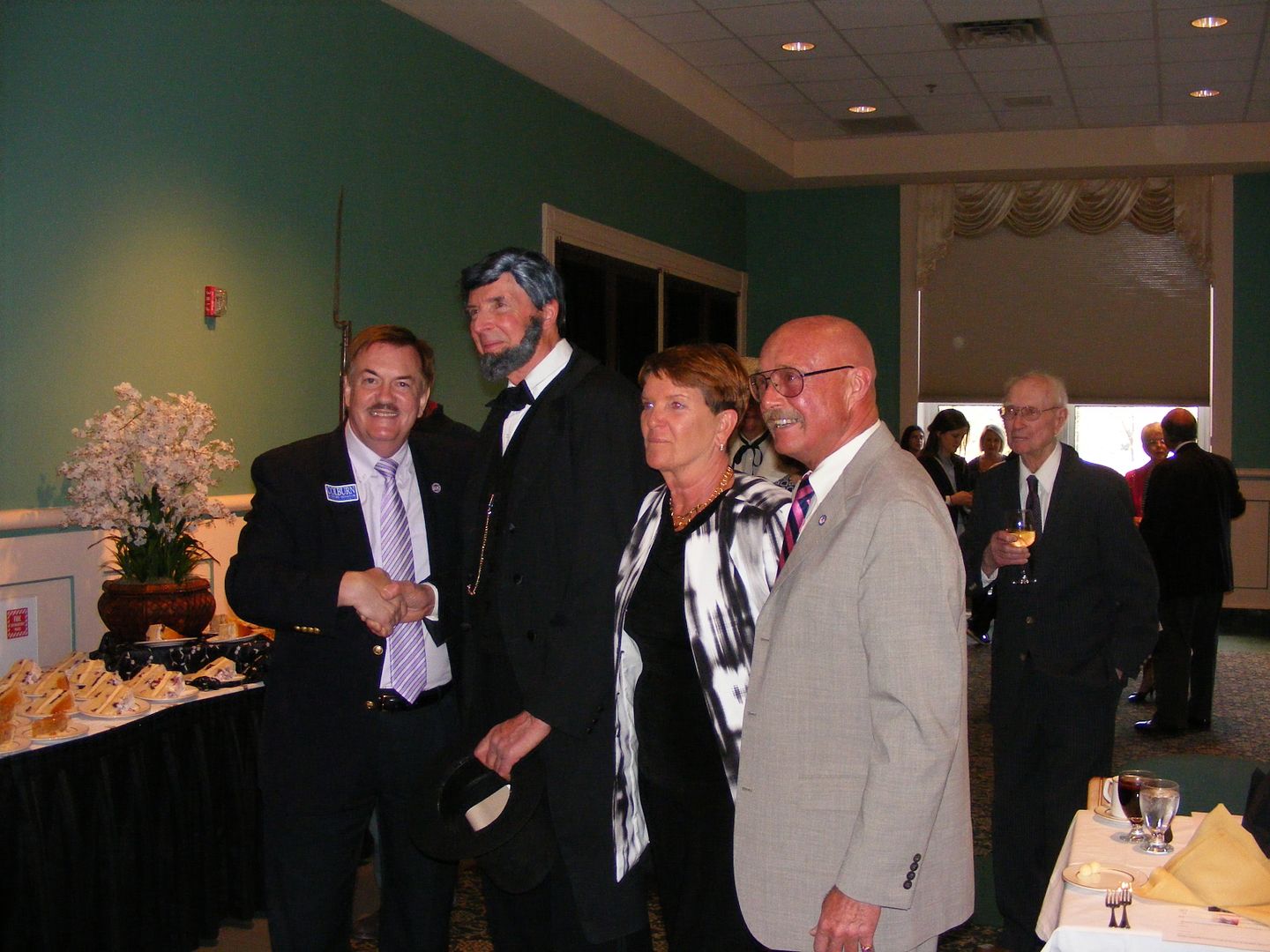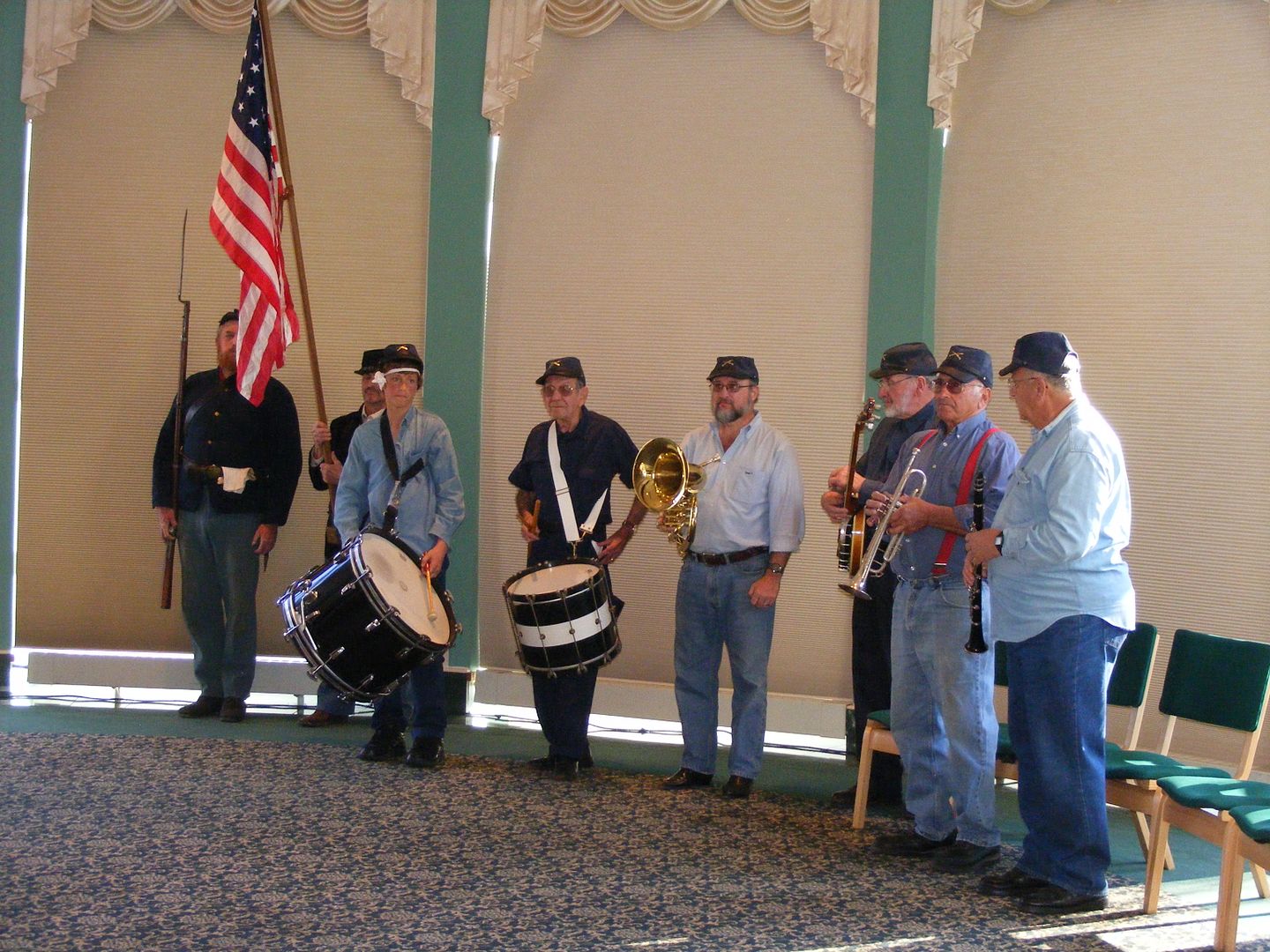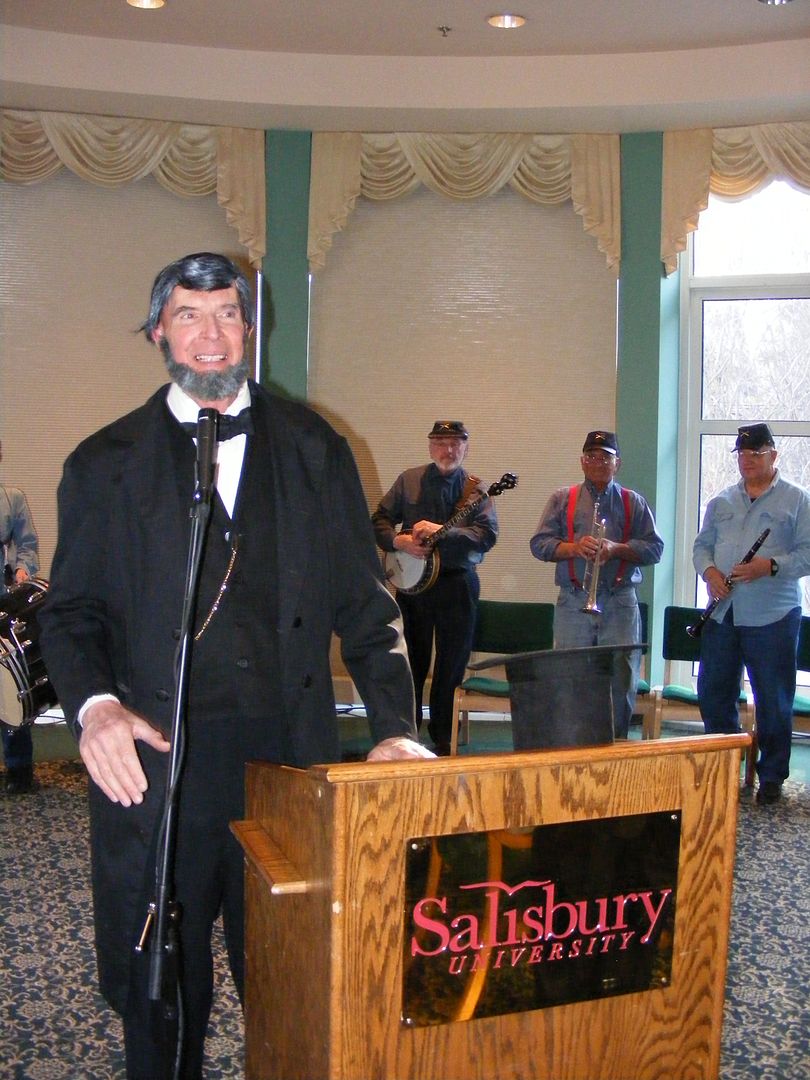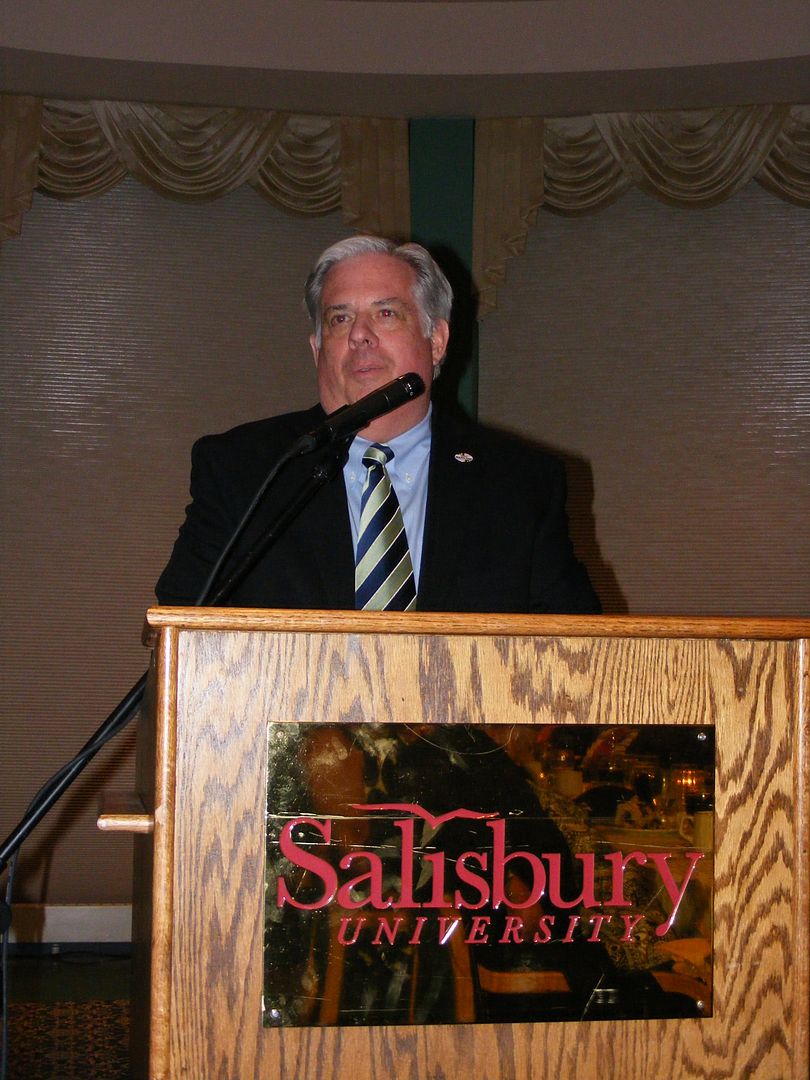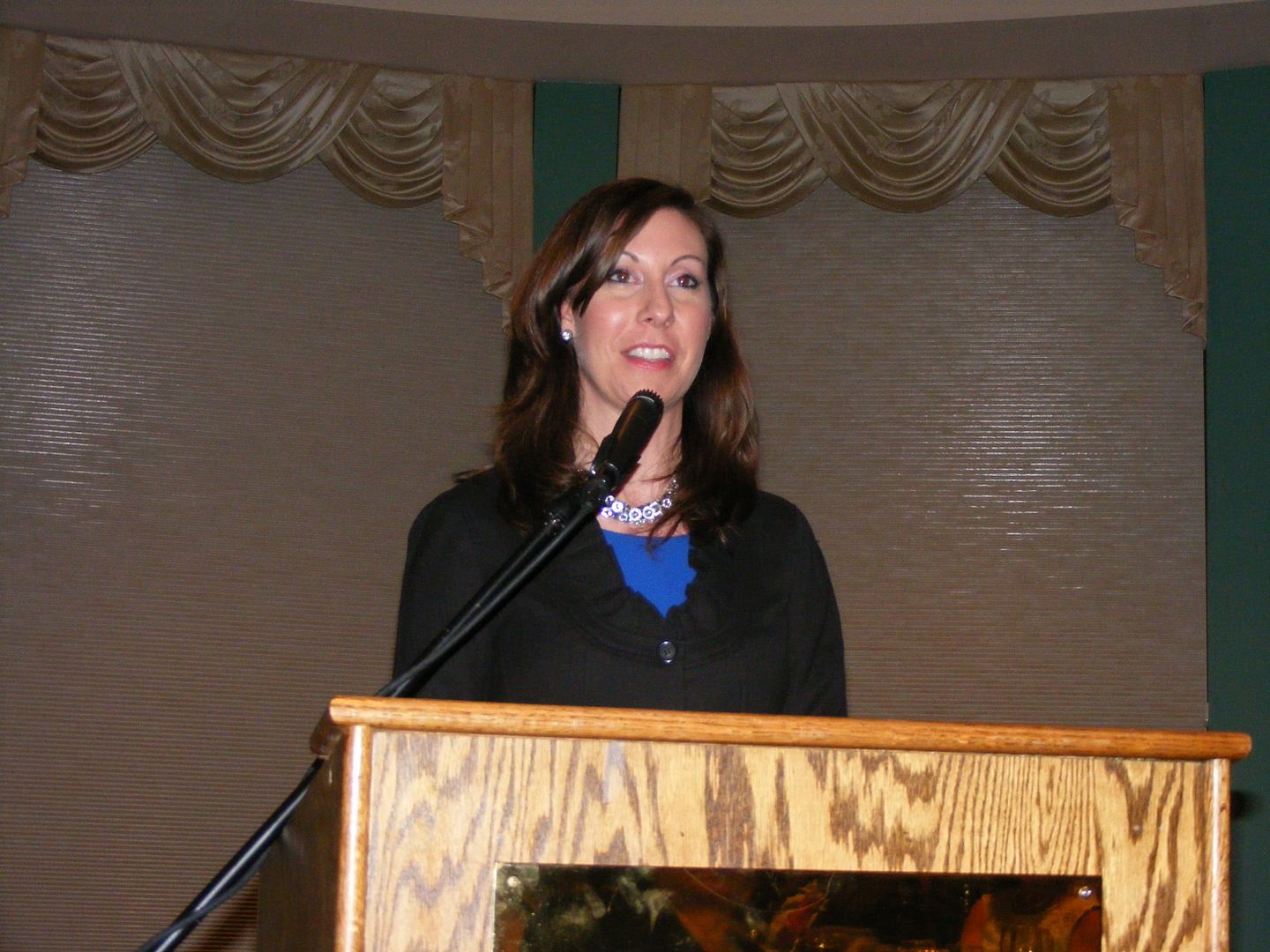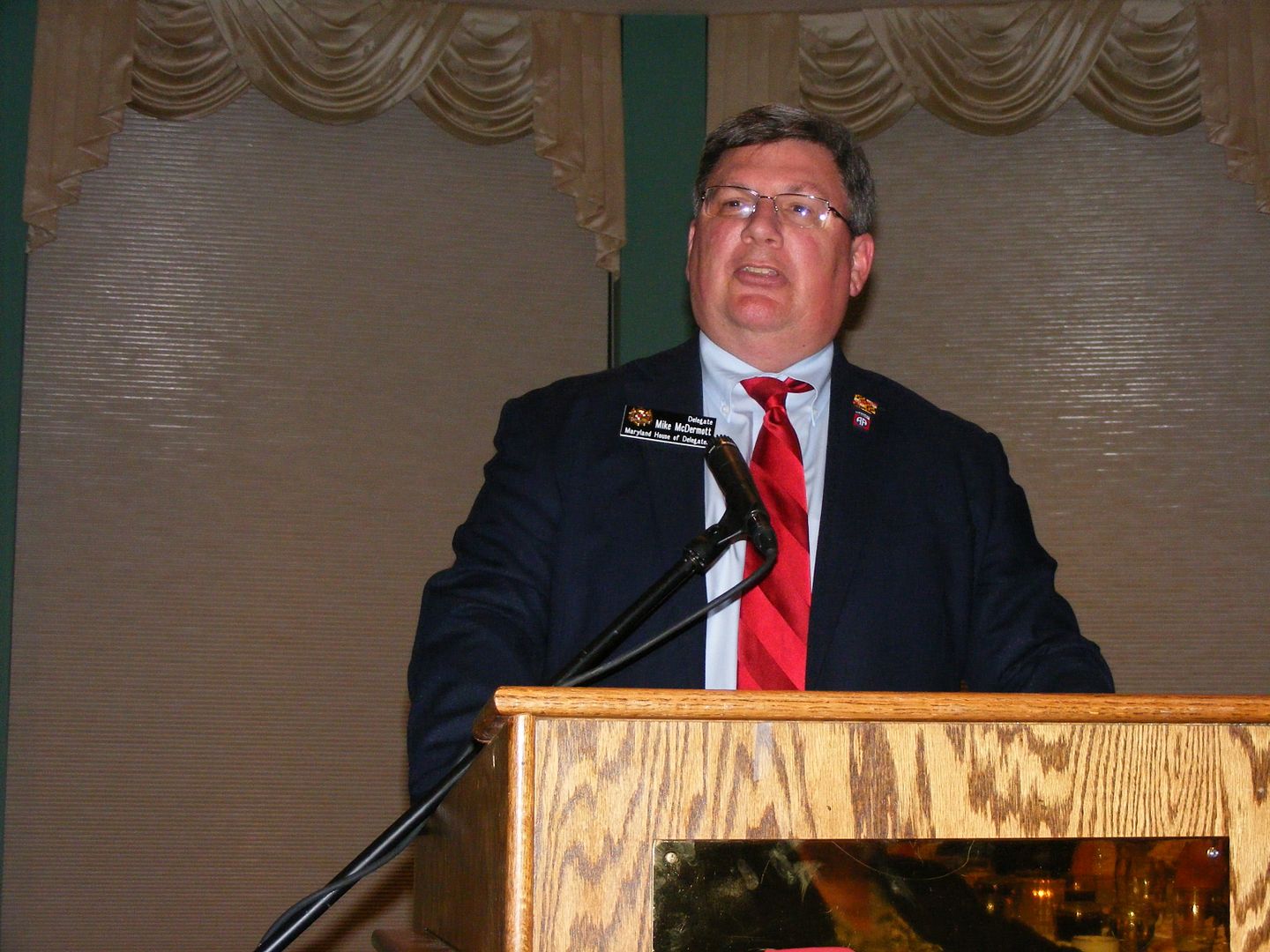If this post looks fairly familiar to you, I’ll explain why.
Back on January 22, I did the original post which bears the “look at finance” title above. Because I wanted to keep the same format while adding the newest information from Larry Hogan as a compare and contrast, I’m essentially reprising the earlier post with the additional information. If Larry Hogan can do apples-to-oranges comparisons of campaign finance, I can too. Everyone will be even with the pre-primary report due at the end of next month, but for now this will have to suffice.
*********
For each category, I’m going to do a rank order among the seven gubernatorial contenders who have filed a campaign finance report. Six of these were filed in January covering 2013, with the seventh being Larry Hogan – he announced his campaign in late January so his first report was due last week and covered the period through April 8. For the purpose of this exercise, I’m ignoring the minor candidates who did not file a campaign finance report as they are generally perennial candidates who raise little money.
To begin this comparison, it helps to know how much was raised during the 2013 period, which is about a week off the actual calendar since it ended January 8, 2014. For Hogan this runs from February 3 to April 8 – it’s a much shorter timeframe but has the advantage of being much closer to the primary.
- Anthony Brown (D) – $4,019,803.13
- Doug Gansler (D) – $1,487,704.79
- Heather Mizeur (D) – $493,173.55
- Larry Hogan (R) – $487.073.56
- David Craig (R) – $249,808.75
- Ron George (R) – $130,159.00
- Charles Lollar (R) – $65,329.67
Another piece of this puzzle which interests me is trying to figure out an average contribution. But rather than count the actual number of line items, I decided it was easier and far faster to assume there would be a certain number of contributions per page. This is the number of pages of contributors each report had.
- Anthony Brown (D) – 358
- Heather Mizeur (D) – 202
- Larry Hogan (R) – 197
- Doug Gansler (D) – 125
- David Craig (R) – 58
- Ron George (R) – 46
- Charles Lollar (R) – 36
So if you assumed 17 contributors per page, the average donation per contribution would comes out like this for the 2013 reports. In Hogan’s case, there are two provisos: his report is formatted a little bit differently so there are only about 12 per page; in addition, he loaned his campaign $100,000. So his average will be based on those revised numbers.
- Doug Gansler (D) – $700.10
- Anthony Brown (D) – $660.50
- David Craig (R) – $253.36
- Larry Hogan (R) – $206.04
- Ron George (R) – $166.44
- Heather Mizeur (D) – $143.91
- Charles Lollar (R) – $106.75
Something I found intriguing, particularly in Lollar’s case, was the fact that several contributors were serial repeaters. Some campaigns seem to have a feature where a donor can use an automatic monthly withdrawal, but in Lollar’s case it appears to be through PayPal and a large share of his backers tended to use that feature. That made for dozens of pages of expenditures on individual PayPal fees, which doesn’t seem to be a very efficient use of what turns out to be hundreds of campaign dollars a few pennies at a time, particularly on a $10 monthly donation.
Now let’s look at where the overall take came from. In all cases, the overwhelming majority of funds came from individual donations. But Charles Lollar took the cake there.
- Charles Lollar (R) – 100%
- Heather Mizeur (D) – 99.53%
- Ron George (R) – 98.12%
- Doug Gansler (D) – 97.5%
- David Craig (R) – 93.19%
- Anthony Brown (D) – 91.65%
- Larry Hogan (R) – 78.51%
I think there is a glaring mistake in Lollar’s totals, though, as I think the $6,000 transferred in from Blaine Young’s shuttered gubernatorial campaign probably should count as being from what the Board of Elections calls “Maryland candidates or slates” and not as an individual contribution. Based on overall 2013 totals, that would actually put Lollar near the bottom of the list. But he’s not the only one who made mistakes, as I found PAC money interspersed with individual contributions on a number of reports, along with missing addresses and the like.
In Hogan’s case, the $100,000 loan figures into the sum. While it doesn’t reflect in these totals, for interest of disclosure it should be noted that Hogan made another $5,000 in direct donations, $25,000 more came from LLCs affiliated with Hogan’s business interests (more on that later), and another $18,838.64 was made in in-kind donations. In all, 30.6% of Hogan’s money came from his own pocket.
Without changing the Lollar numbers, here’s the percentage of contribution some of these six received from other candidates or slates.
- Anthony Brown (D) – 3.27%
- David Craig (R) – 0.64%
- Doug Gansler (D) – 0.52%
- Larry Hogan (R) – 0.08%
The others received none.
But how about state PACs? I would have thought they comprised a much larger share of the pie, but none of the candidates received more than a tiny percentage of PAC money.
- Anthony Brown (D) – 3.13%
- David Craig (R) – 2.8%
- Larry Hogan (R) – 0.88%
- Heather Mizeur (D) – 0.44%
- Doug Gansler (D) – 0.42%
Neither Ron George nor Charles Lollar were beneficiaries of PAC money. Obviously in terms of actual dollars there’s a huge difference between Brown and Craig, but percentage-wise they are fairly even.
Oddly enough, though, Ron George leads in the percentage coming from political clubs. I think it’s based on one contribution.
- Ron George (R) – 1.88%
- Anthony Brown (D) – 0.21%
- Heather Mizeur (D) – 0.04%
Again, it’s a matter of scale – Brown’s largess from political clubs is nearly fourfold more in actual dollars. The lieutenant governor is also the sole beneficiary of federal committee money, to the tune of $69,000.
Since individual contributions are such a large part of the game, though, I wanted to take a closer look at where they came from. To that end, I decided to categorize appropriate donations into one of five categories, if they fit – most did not, while some fit more than one.
- percentage from LLCs, LLPs, trusts, and other similar financial arrangements
- percentage from law firms, as I could reasonably ascertain same (inexact, to be sure)
- percentage from unions, although most give as PACs and I didn’t track those this time
- percentage from businesses
- percentage from out-of-state – in contrast to a federal race where out-of-state money is to be expected, it struck me that some campaigns leaned heavily on donors outside Maryland
I’ll start with the LLC category, which is being addressed for the next election cycle. Some believe it’s too easy to skirt contribution limits by maxing out a donation as an individual then shelling out more under the guise of an LLC. Each candidate got some LLC money, but some more than others.
- David Craig (R) – 25.16% of individual contribution money
- Larry Hogan (R) – 24.5%
- Anthony Brown (D) – 17.58%
- Doug Gansler (D) – 14.2%
- Ron George (R) – 4.69%
- Heather Mizeur (D) – 3.56%
- Charles Lollar (R) – 0.58%
Heather Mizeur is low on some of these categories because individual contributions from certain entities, like LLCs and businesses, could not be counted toward her matching funds for public campaign financing. Larry Hogan received a lot of individual contributions, but many of them exceeded the $250 allowed to be counted toward the match.
I sort of expected this result from law firms, although percentages were lower than I figured on.
- Doug Gansler (D) – 3.6%
- Anthony Brown (D) – 0.73%
- David Craig (R) – 0.6%
- Larry Hogan (R) – 0.27%
They were the only four receiving contributions from what I reckoned were law firms. Even if I were wrong on a few, Gansler took that category with ease.
The same was true of unions, where Democrats Anthony Brown (0.59%) and Doug Gansler (0.07%) were unsurprisingly the leaders.
And if you thought pay-to-play was the rule in Maryland, well, you may be correct. The individual share from businesses went like this.
- Anthony Brown (D) – 17.38%
- David Craig (R) – 15.33%
- Doug Gansler (D) – 12.6%
- Larry Hogan (R) – 7.43%
- Ron George (R) – 5.09%
- Charles Lollar (R) – 2.85%
- Heather Mizeur (D) – 0.17%
Maryland may have one of the worst business climates in the country, but the big, established players must like the way competition is curtailed in the state. Some of the largest businesses in the country gave big checks to Brown and Gansler, with health care businesses propping up Brown and some large technology firms backing Gansler.
Finally, I thought it was telling who got support from out-of-state. This may be controversial because I counted Washington, D.C. addresses as out of state and surely some business people who are Maryland residents wrote checks based on their place of business. But I had to draw a line somewhere and the results are telling to me. These figures represent the percentage of individual contribution money drawn from out of state.
- Heather Mizeur (D) – 36.63%
- Doug Gansler (D) – 32.67%
- Anthony Brown (D) – 25.55%
- Charles Lollar (R) – 7.09%
- Larry Hogan (R) – 5.65%
- Ron George (R) – 4.11%
- David Craig (R) – 3.87%
In the cases of Brown and Gansler, it seemed like much of their out-of-state take came from the District of Columbia, while Mizeur’s came from all over the country. Yet if you considered Takoma Park and Silver Spring as part of another state (sometimes we here on the Shore consider them another country) I believe Mizeur would have been over 50 percent. Does everyone in Takoma Park have an extra Benjamin to spend on her race? Seems like it.
This final category shows that Maryland Republicans can’t seem to nationalize this statewide race as they could recent federal races with Dan Bongino and Andy Harris, for example. This is a pity because what better encouraging message to conservatives than a Republican winning in Maryland?
*********
Now to the present day.
In going through the Hogan report, I noticed a few interesting items regarding the LLCs which contributed to his campaign: a number of them shared the same address. The worst offender: a group of LLCs which list as their address the domicile of St. John Properties. Combined, these LLCs gave $30,000 to the Hogan campaign as well as $5,500 to David Craig. And they’re bipartisan, since Anthony Brown and Doug Gansler also have contributions from that same address – it may be the nerve center of political donations in the state. In Hogan’s case, he even rents his office space from St. John.
While he has a dog in this fight as one of those who’s running for the state’s highest office, I’ve found Ron George is a good go-to expert on campaign finance laws since he helped write many of the reforms taking effect next year. So I asked him about this situation as it relates to those in the race. Replied George:
The LLC loophole allowed Brown to get around $68,000 from one guy that created many LLC’s. That will stop after January 2015, but even though we increased the aggregate total limit, there will not be one because of the recent Supreme Court ruling. The limits to each candidate will still be law but we increased the $4,000 amount.
I also wanted some clarification on how the $250 matching funds worked, and Ron had that answer as well:
All “individual” donations (in Maryland law that means those from private individuals) can only be matched “up to” the first $250. So, yes, an aggregate amount of $500 can only have the first $250 matched.
The reporting periods became law this year, thus a couple more were added. The BOE software is keeping track of the matching fund qualifying money in a separate spread sheet.
Based on the numbers I found, and even deducting for the overage on many contributions – which ranged up to the maximum $4,000 allowed and then some in one case – it appears Hogan has, or shortly will have, enough seed money to fully qualify for matching funds in the primary.
But a glaring figure stuck out at me. As of the close of the reporting period, Larry Hogan had $167,748.15 on hand. I’ll grant Larry’s spent a lot on media already, but just as a reminder this is what the others had back in January:
- David Craig – $154,577.02
- Ron George – $15,449.89
- Charles Lollar – $5,731.35
If David Craig simply held serve and raised enough to cover his expenses for the first three months of the year, the two are basically even going forward. Obviously Ron George and Charles Lollar lag well behind, but since he had the chance to respond to my question George added this assessment of the situation:
Hogan is still playing the perception game. Many started to think he had a lot of money so they began to back him, but even his numbers are not so good. If he did not donate to his own campaign, he would be at my levels. That puts it in perspective. My three months of not fundraising did hold me back. But people should not count me out. It is still wide open and Hogan sent many fundraising letters out when I could not. I had a responsibility to serve my oath of office to which I was elected. Many felt I should have resigned like Palin did so I could raise money, but I felt I owed my constituents that voted me in.
As a gentle correction to Ron, Sarah Palin didn’t resign as governor until after she and John McCain lost in 2008. I think he was thinking of Bob Dole in 1996.
But Ron’s assessment of Hogan’s situation isn’t all that far off if you back out the nearly $150,000 Hogan has provided directly or indirectly to his campaign. Unfortunately for George, money is fungible and right now that cash is sitting in Larry’s campaign account ready to use, along with the possible volunteers that spending nearly $6,500 on Facebook advertising can whip up. It’s also why Hogan has a fairly significant lead in the polls despite the fact he’s not been queried much (if at all) on key issues like education, the environment, the Second Amendment, and agriculture.
The campaign playing field should be leveled May 27 when all of them have to file the first pre-primary report. For all contenders save Hogan, it will cover the time period since the 2014 Annual Report was due; in Hogan’s case we can combine this recent report with the next one to show an apples-to-apples compare and contrast with all the candidates on both sides. It’s about time.


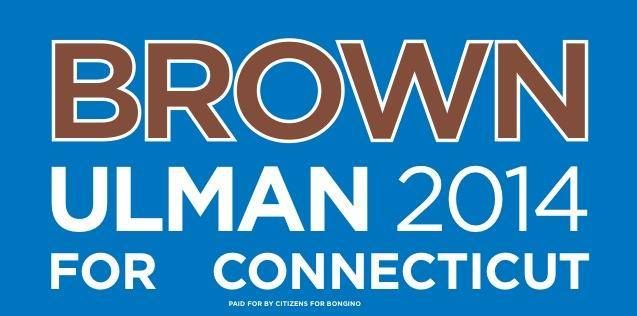 It’s unfortunate the press conference wasn’t a couple weeks earlier, because the announcement had all the makings of a great April Fool’s joke. Unfortunately, the joke has been on Maryland taxpayers so earlier today Congressional candidate Dan Bongino and gubernatorial candidates David Craig and Ron George made their endorsement of Anthony Brown for governor of the Nutmeg State, Connecticut.
It’s unfortunate the press conference wasn’t a couple weeks earlier, because the announcement had all the makings of a great April Fool’s joke. Unfortunately, the joke has been on Maryland taxpayers so earlier today Congressional candidate Dan Bongino and gubernatorial candidates David Craig and Ron George made their endorsement of Anthony Brown for governor of the Nutmeg State, Connecticut.